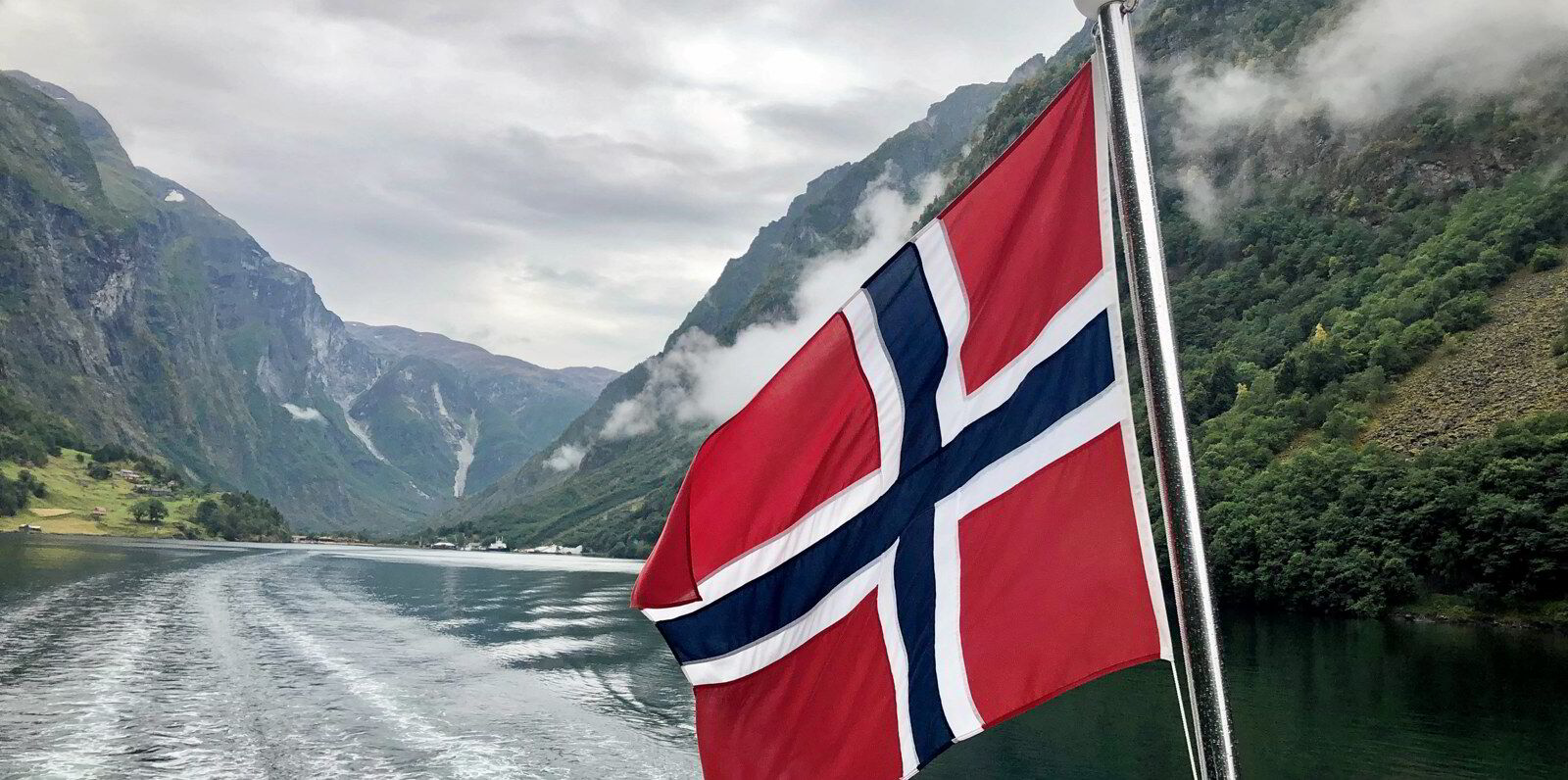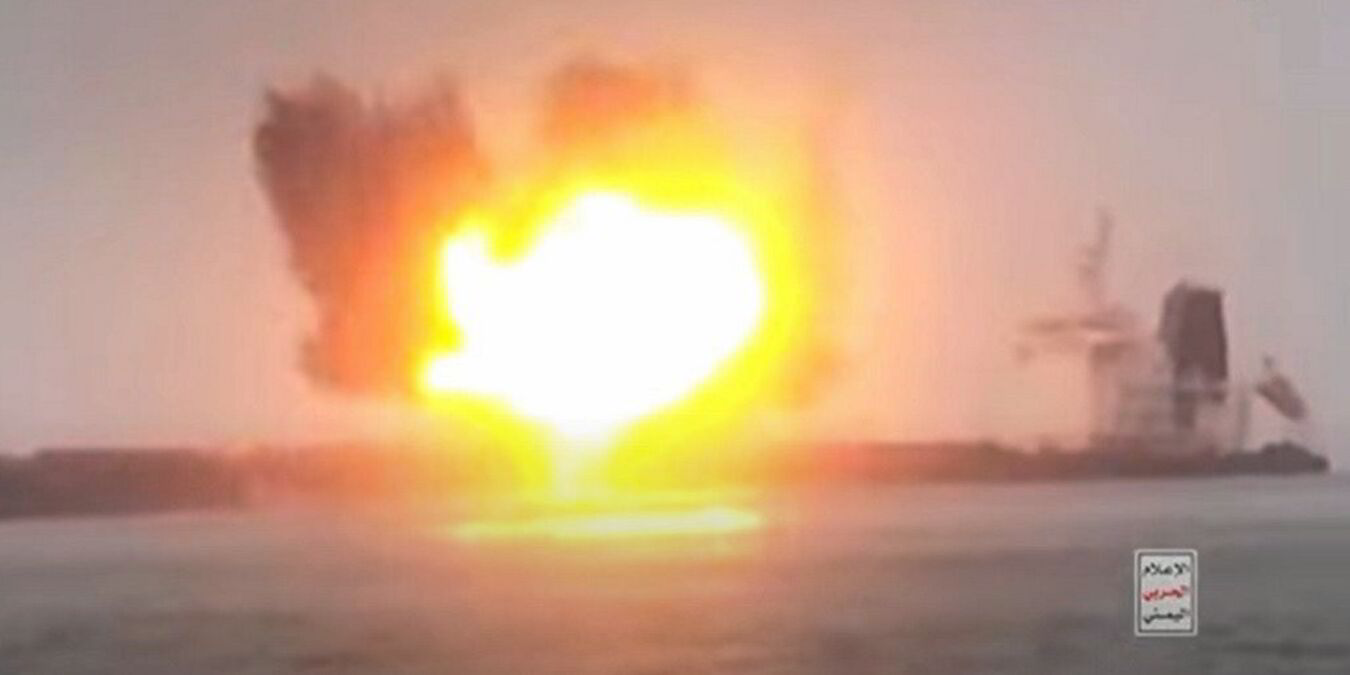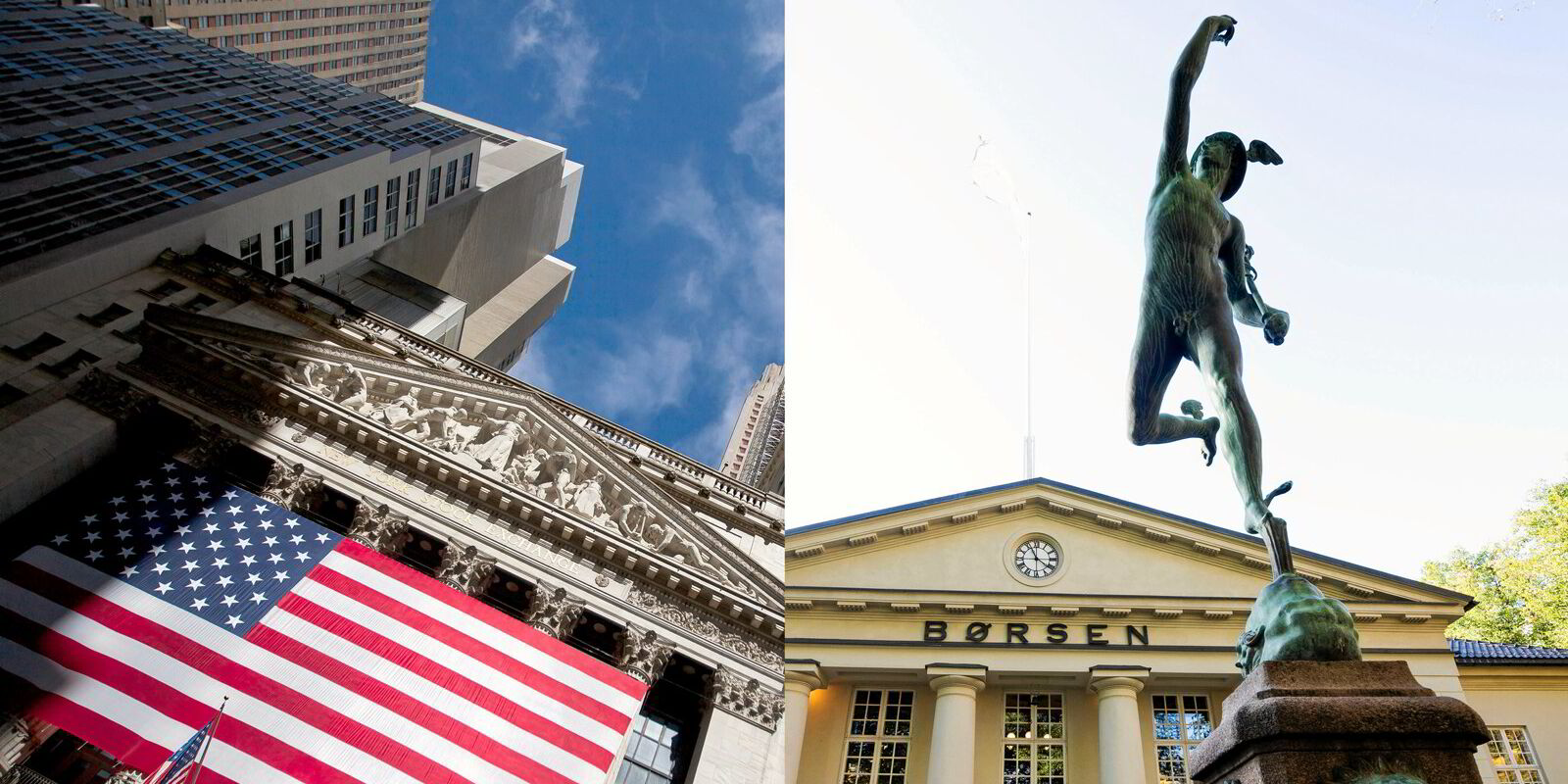The Norwegian International Ship Register (NIS) has found some footing.
After hitting a 17-year low in ships registered a decade ago, the government-run open registry saw its fleet top 700 in 2021 and maintain that level since.
“Recent years has been rather stable for us,” said Tone Risnes, senior advisor for the Norwegian Maritime Authority’s ship registries.
“[We’re looking for] Norwegian and foreign owners. It’s natural that we feel like the Norwegian owners should choose them if they can. And they can. We do believe today they can do it.
“And [we also pursue] the foreign owners, to make them realise that it’s a good option. Why not have the Norwegian flag instead of Liberia, for example?”
In 2007, the NIS fleet totalled 627 ships, according to figures from Statistics Norway.
That figure dwindled to 522 in 2014, largely driven by the flight of non-Norwegian owners leaving the flag.
The numbers climbed up in the ensuing years but were supercharged in 2020 when the Norwegian Maritime Authority adopted bareboat registration measures allowing ships to more flexibly enter or exit the NIS.
In 2021, the fleet had risen from 695 ships to 726 before hitting a high in 2022 of 736.
This year, the fleet numbers 722, Risnes said, noting the total had fallen due to some Norwegian owners selling ships.
It is a trend she would like to see reversed, and trumpeted the political stability offered by the NIS — where Norwegian politicians have vowed to keep the tonnage tax stable — and customer service initiatives like a 17-hour daily window to register new ships.
Risnes also said the communication with NIS officials was easier than other flag registries, noting owners do not have to go through lawyers the way they might have to with competitors.
One weak spot remains the number of foreign-owned ships. In 2007, there were 225 foreign-owned vessels in the NIS, 132 of which were tankers.
By 2023, that number had fallen to 155, just 51 of which were tankers with the share of offshore vessels growing from 14 to 40 over that period.
“What we can control is the services we give and the promotion,” Risnes said.
“We need to be visible. That’s something we learned. The NIS was very visible and very well-known at the beginning. Then we learned a few years back, that we’re not as well known abroad as we thought we were, so we have to do something about that.”
There is also hope at the authority that things will stay stable on the government policy side.
Risnes remembers periods when a lack of clarity on tonnage tax issues caused a flight of ships from the NIS.
“One year, we lost like 100 ships. It took a couple of months,” she said.
“It takes so many years to get back up there. It takes many years because everybody loses faith in stability, which is important to have.”





